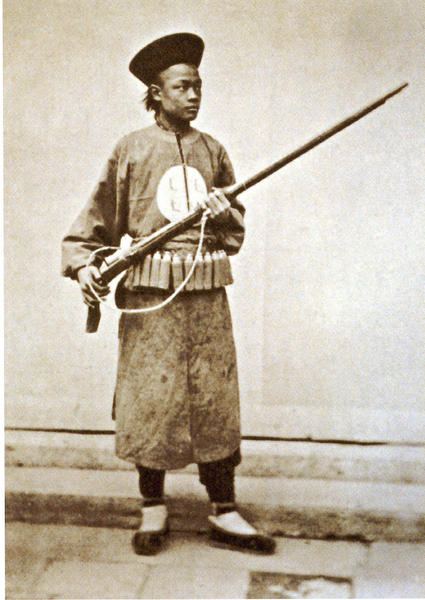user 56333
40 Cal
- Joined
- Dec 30, 2022
- Messages
- 156
- Reaction score
- 121
There's a museum in Canada that has a matchlock musket that was issued to a a regiment (Carrignan? Deep memory retrieval.) in Quebec in 1660. I can imagine the plods guarding a fort or a town being given the dregs from the armory just so they have *something.* They weren't expected to be out in the field.
May have been the same reason why the troops in the Leeward Islands still had matchlocks in 1705. The British government was dumping old surplus on them just so they could have something to shoot with. I doubt the troops stationed in such small Caribbean islands were expected to take part in big field battles, they were probably more likely to be fighting pirate raiders or slave rebels.







